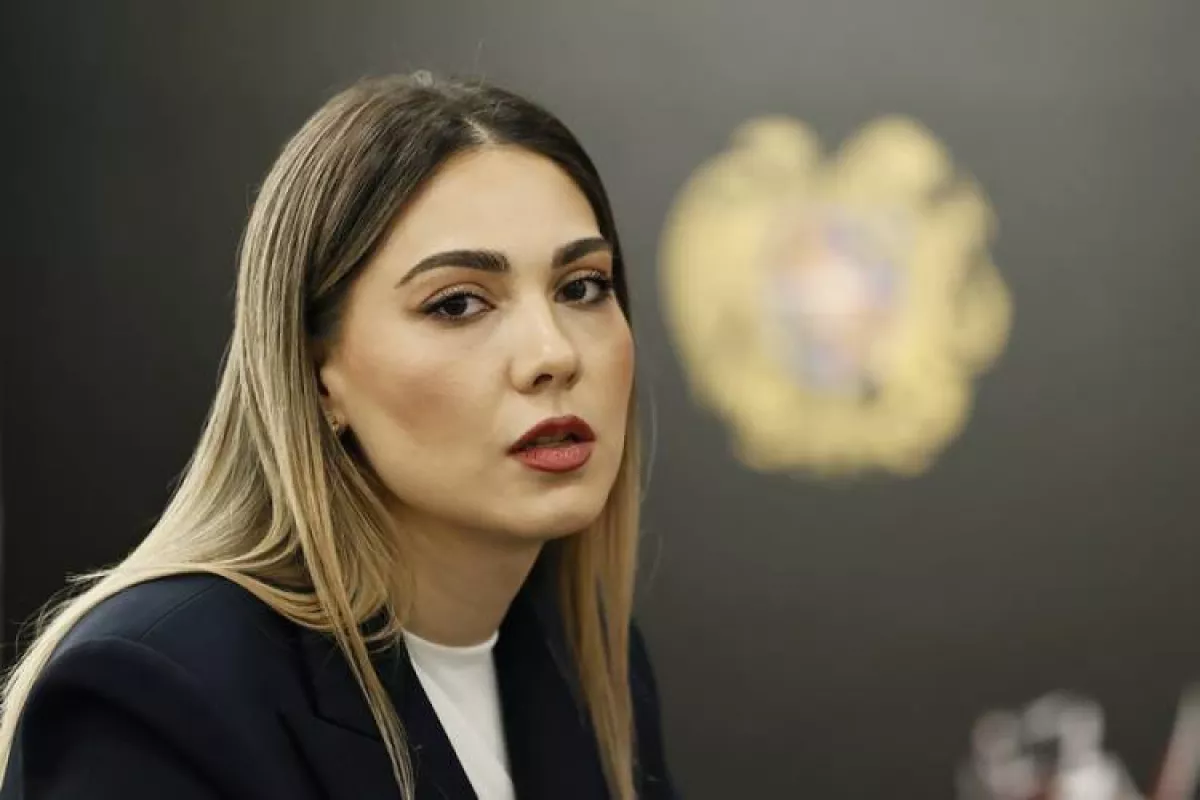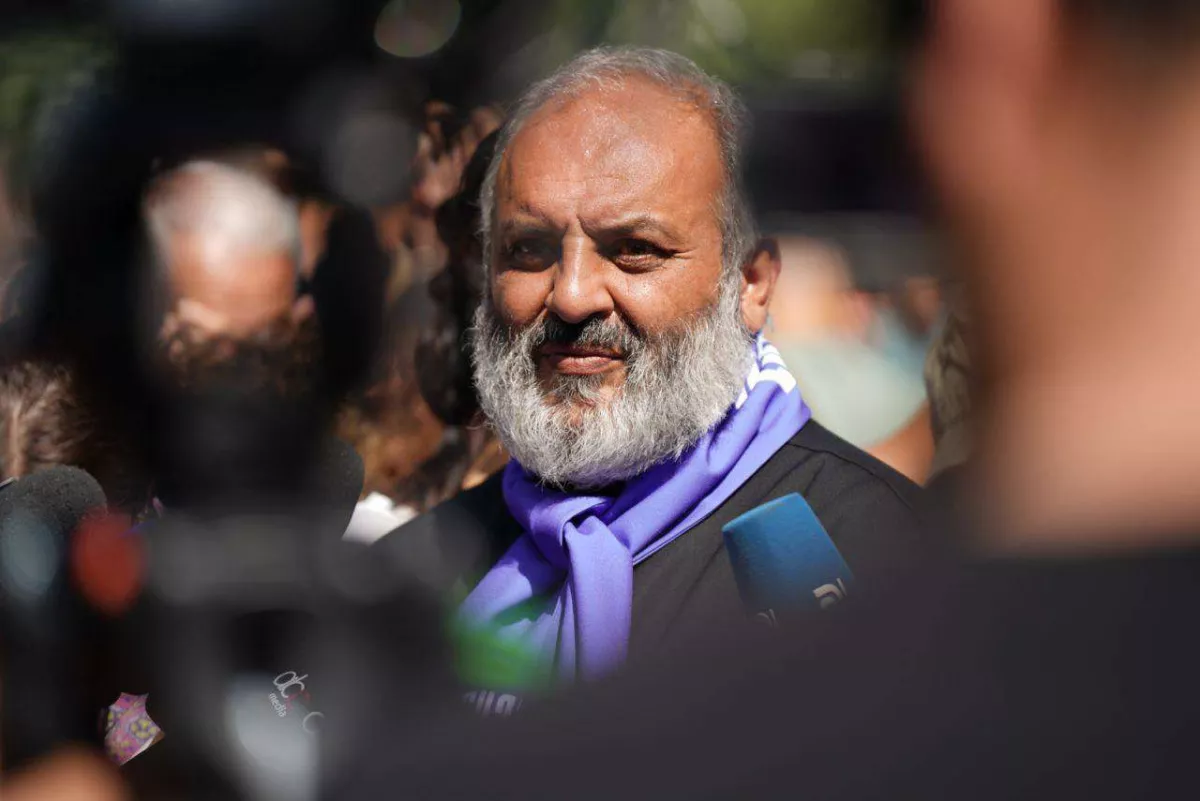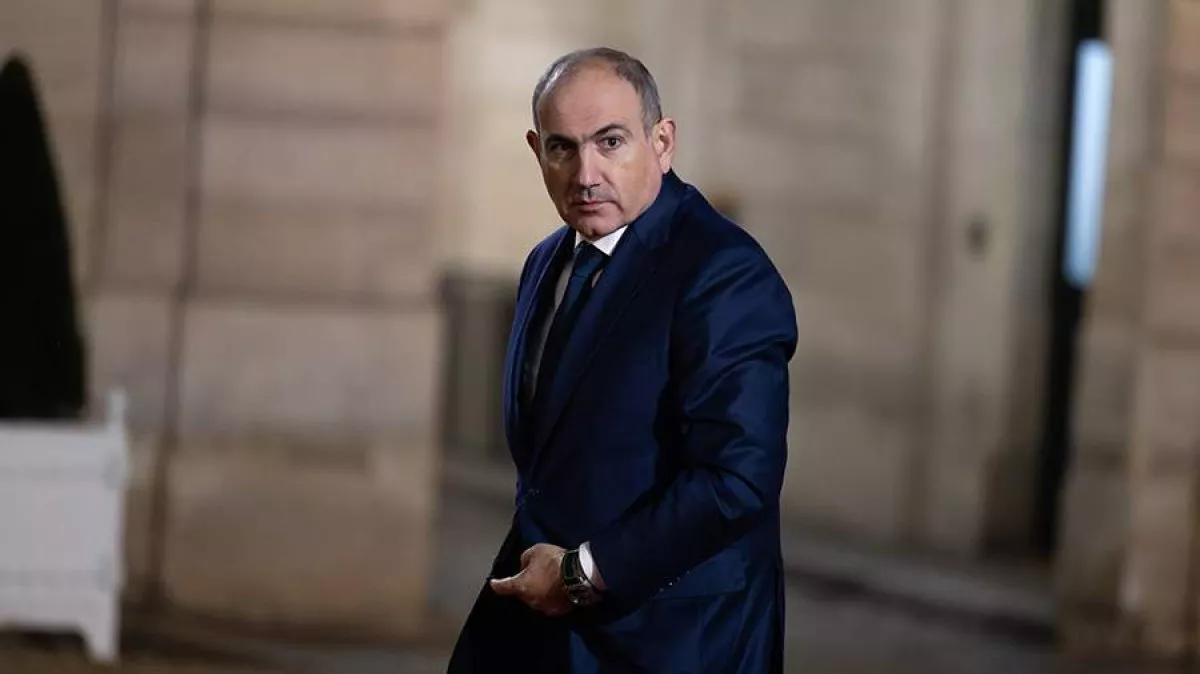Armenian Church vs Pashinyan and peace in the Caucasus The scorching summer of the “land of stones”
The conflict between the Armenian leadership and the Armenian Church, which has already taken on the character of an irreversible struggle, occupies the top spot both in Armenian society and in the media space. Even though, according to Armenian media, Pashinyan has gone on vacation, the confrontation between him and the Church continues to remain the dominant trend in the information agenda.
For example, one Armenian publication, citing its sources, writes the following: “Nikol Pashinyan has not yet abandoned his intention to enter the residence of the Catholicos and remove him from office. According to our information, Pashinyan told his team that this must be done according to a well-thought-out and carefully calculated plan that excludes failure, and that if they succeed in entering the residence, they will ensure a 100-per-cent result,” noting that sooner or later the Prime Minister’s plan to dismiss Catholicos will be implemented.
The topic of the Prime Minister’s intention to “attack” the residence of Catholicos Garegin II is actively circulated in Armenian society, to the extent that the Minister of Justice, Srbuhi Galyan, had to publicly deny this information recently.

“I categorically rule out any attack. This is nonsense in a democratic country. It is more a matter of dealing with people who demonstrate false piety,” she said, urging people not to trust rumours and not excluding the possibility that Garegin II might decide to resign voluntarily.
It is no secret to anyone that the current authorities and the Armenian Church have never been allies. The Prime Minister has periodically criticised church hierarchs for their ties with the Karabakh clan, while the Church has viewed his close circle, experienced in pro-Western NGOs, with suspicion. Distrust and misunderstanding escalated into an open conflict after Armenia’s defeat in the 44-day war in the autumn of 2020. It was then that the Catholicos called on the Prime Minister to resign, effectively declaring himself a political opponent.
Subsequently, the situation began to intensify even further. Garegin II declared his call for Pashinyan’s resignation indefinite, to which the Prime Minister sharply responded that the Church cannot be above the state.
“If the Church wants to engage in political activity, Armenia is a democratic country, and they can create a political party,” he said.
In the spring of 2024, the Armenian leader announced the start of the border delimitation with Azerbaijan and the decision to return four villages to Baku.

This was followed by the protest movement “Tavush in for the Homeland,” led by Archbishop Bagrat (Vazgen Galstanyan), who manages the Tavush Diocese of the Armenian Apostolic Church (AAC).
“The process of border delimitation with Azerbaijan must be stopped, halted both in Tavush and anywhere else,” the movement declared at that time. Under Bagrat’s leadership, hundreds of local residents began marching from a border village to Yerevan. Armenian authorities, in turn, called the clergymen and the Church “agents of influence from historical times.”
The confrontation between the Armenian leadership and the AAC escalated into a “hot phase” this year with the use of obscene language. Pashinyan stated that “Armenian churches resemble ‘storerooms filled with junk,’” then published a sharp post on social media accusing one of the archbishops of sexual misconduct, demanding that all priests who have broken their vow of celibacy be defrocked. In response, the AAC accused the Prime Minister of a “shameful anti-church campaign” and called on “competent state authorities to put an end to this ‘illegal and shortsighted policy.’”
Around the same period, the Armenian Prime Minister strongly rejected attempts to link the current conflict between the government and the Armenian Church to external influence: “In the process of liberating the Armenian Apostolic Holy Church from the captivity of hypocrites and Pharisees, some try to see a Turkish or Azerbaijani trace. This is a direct manifestation of pharisaism when such arguments are used as a means to hide one’s impurity from Armenian society,” Pashinyan wrote on his Facebook page, dismissing rumours that he has his own candidate for the post of the new Catholicos.
“Unfortunately, I do not have such a candidate,” he emphasised, outlining his vision of what the future head of the Armenian Apostolic Church (AAC) should be like: “I have a description of the Catholicos: a person who believes in God and is a follower of Jesus Christ, not a fraudulent usurer; a person who serves the Church, a devout clergyman, not a libertine hiding behind the clerical rank. And we will have a devout and God-fearing Catholicos.”
Then there was an attempted coup, involving representatives of the Armenian clergy among the participants. Fourteen people were arrested in connection with the attempted seizure of power, including the aforementioned Archbishop Bagrat.
“The police thwarted a large-scale and sinister plan by the criminal oligarchic clergy to destabilise the situation in the Republic of Armenia and seize power,” the Prime Minister wrote at the time on his Telegram channel.
It is as clear as daylight that opponents of Nikol Pashinyan in the person of the Church and leaders of the Karabakh clan, who actively fuel revanchist sentiments in Armenia, will continue, no matter what, to try to turn society against the policies of the current government aimed at normalising relations with Azerbaijan.
On the other hand, protests by the opposition and clergy in Armenia have never taken a mass character (which indicates that the overwhelming majority of society trusts the policies of the current authorities), and there is every reason to believe that the Armenian leadership still has a chance to hold firm and secure full support from the people on the issue of normalising relations with Azerbaijan.

It seems no coincidence that Nikol Pashinyan has begun an ideological campaign, convincing the Armenian people that their lives have improved significantly since his rise to power.
“Some react nervously to my statements that people are living about 50% better. On July 27 alone, more than 50,000 people were at the shore of Lake Sevan [Goycha – editor’s note], the overwhelming majority of whom were residents of Yerevan and nine regions. Coming to the shores of Sevan with a family involves costs, and considerable ones at that. Where do these expenses come from, and why wasn’t this scale seen before?” the Armenian Prime Minister asked recently, also noting that since 2018, the number of trips made by Armenian citizens to EU countries has increased exponentially.
“Do you understand? Exponentially? Every trip is an expense, significant and substantial. So where do these expenses come from, and why wasn’t this done on such a scale before?” he wrote on social media.
Thus, to sum up what has been said, it can be said that there are real prerequisites for the Prime Minister and his team to consistently promote a peaceful agenda going forward, despite any revanchist sentiments. Whether Pashinyan will demonstrate the political will to bring the negotiations to their logical conclusion — the signing of a peace agreement — remains to be seen.








